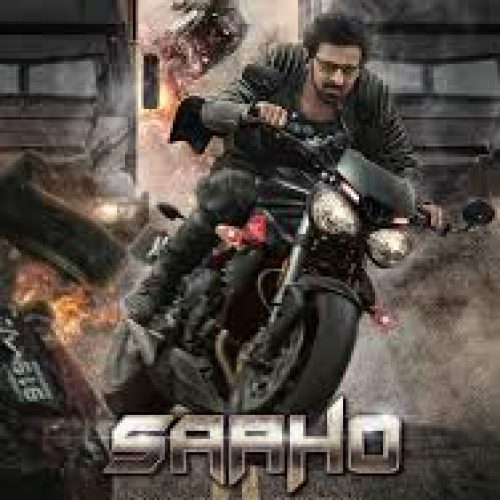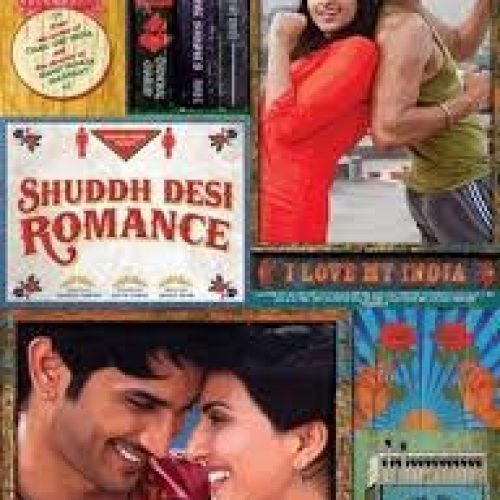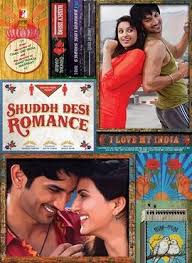Vibrant, colorful, and loaded with energetic performances, this film marked the return of Madhuri Dixit to Bollywood after a long hiatus, lighting up the screen with her signature charm. Directed by Anil Mehta, the 2007 film stars Madhuri alongside Kunal Kapoor, Konkona Sen Sharma, and Akshaye Khanna. Set in the fictional small town of Shamli, the film brings together the genres of musical drama and dance with an inspiring theme about reclaiming one’s roots and fighting for art. The plot revolves around an effort to save a historic dance theater, Ajanta, that’s on the verge of being demolished. The theater becomes a focal point for rediscovering passion, community, and love for art as the town is drawn into a showdown between tradition and modernity.
The story begins with Dia (Madhuri), a successful choreographer based in New York, who learns that her childhood mentor’s legacy, Ajanta Theatre, is under threat of demolition. She returns to Shamli to save it, rekindling memories of her youthful love for dance and her ties to the community. Her challenge isn’t easy: the town has changed, and people, too, have moved on. But determined and resilient, Dia sets out to prove Ajanta’s relevance by staging a grand musical production with the locals, despite initial reluctance and personal conflicts. As she immerses herself in her mission, we see how the love for art can bridge divides and transform lives. However, the journey is filled with trials, opposition, and inner conflicts, which form the core of this feel-good yet emotional storyline.
Madhuri’s performance as Dia deserves the spotlight, as she brings depth, elegance, and passion to her role. Her dance scenes are mesmerizing, and she effortlessly slips into the character of a woman who’s both modern and rooted in tradition. It’s not just her moves but her expressions that bring authenticity to her portrayal of a woman who defies norms to revive her past. In particular, her scenes with the townsfolk, where she tries to get through their skepticism and inspire them, are filled with sincerity and warmth. Konkona as Anokhi, an unassuming, hesitant villager who reluctantly joins the production, also leaves a mark. Her transformation into a confident performer is both humorous and touching, as she discovers new layers to herself. Kunal Kapoor as Imran, her love interest, and Akshaye as the town council’s skeptical bureaucrat, add layers of nuance, making for a strong ensemble cast that complements the lead without overwhelming her.
One of the film’s greatest assets is its music, composed by Salim–Sulaiman, which seamlessly fits into the storyline. The title track “Aaja Nachle” is undeniably catchy and sets the tone for the entire movie with its pulsating beats and Madhuri’s dynamic dance moves. The soundtrack overall strikes a balance between traditional and contemporary sounds, mirroring Dia’s struggle between her roots and her current life. Songs like “Ishq Hua” and “Show Me Your Jalwa” add depth to the story, with the latter becoming an anthem for the town’s revival. The music is woven organically into the storyline, enhancing the narrative without feeling like forced breaks, which is crucial for a dance-oriented film like this.
Cinematography by K.U. Mohanan captures Shamli’s rustic charm beautifully, juxtaposing the dusty streets and heritage sites with the lively energy of the dancers. The scenes in Ajanta Theatre, with its crumbling walls and grand stage, are shot with a reverence that highlights the theater’s significance in the community. The choreography, especially in the final performance, is visually striking, balancing classical Indian dance forms with a touch of Western style that makes the entire production come alive. Mehta’s direction ensures that these technical aspects come together smoothly, emphasizing the power of art in a way that’s visually and emotionally impactful. The director also uses lighting effectively, enhancing the mood with soft, warm tones that underscore the sentimental and cultural essence of the story.
Another standout element is the costume design, which complements the film’s theme by blending traditional attire with contemporary styles. Dia’s vibrant outfits reflect her New York lifestyle yet respect her Indian heritage, while the townsfolk’s costumes gradually shift from simple to more elaborate as they embrace their roles in the theater. This transition adds subtle depth to the characters, particularly Anokhi’s shift from plain attire to the graceful costumes she wears in the show, symbolizing her personal growth. The costumes, along with the set design, amplify the cultural richness of the setting, making the film a visual treat.
Thematically, the film revolves around the idea of identity and belonging, exploring how a single place or passion can define who we are. Dia’s determination to save Ajanta is more than a nostalgic journey; it’s her way of reconnecting with her roots and giving back to the community. The film’s narrative touches upon themes of nostalgia, societal resistance to change, and the transformative power of the arts. In one memorable scene, when Dia defends Ajanta’s value, the dialogue reflects on how modernity often threatens cultural heritage, a message that resonates even outside the film. This struggle between progress and preservation is central to the movie, making it relatable for audiences who value tradition but face pressures to adapt to a changing world.
Overall, the film delivers a heartfelt experience, combining a solid storyline with engaging performances and infectious music. Madhuri’s return to the screen is every bit as impactful as fans had hoped, and her commitment to her role shines in every frame. Though the plot may feel predictable at times, the film’s charm lies in its emotional sincerity and cultural richness. Fans of dance and Bollywood musicals will especially enjoy it, as it combines elements of both in a fresh way. It’s a great choice for viewers looking to experience a story about passion, heritage, and community, and it stands as a testament to how art can bring people together. For those who appreciate films with a strong cultural resonance, this movie comes highly recommended, offering a memorable journey into the heart of Indian tradition and the power of expression.







